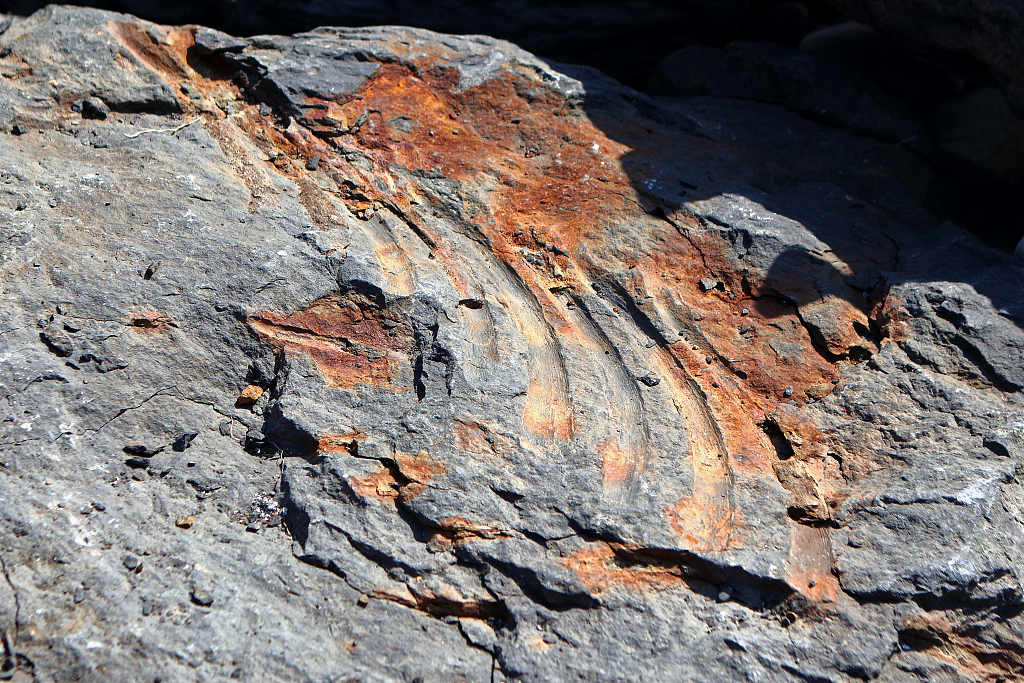
Himalayasaurus fossils and a restoration diagram /Institute of Vertebrate Paleontology and Paleoanthropology, Chinese Academy of Sciences
Himalayasaurus fossils and a restoration diagram /Institute of Vertebrate Paleontology and Paleoanthropology, Chinese Academy of Sciences
On the Qinghai-Xizang Plateau, often referred to as the "Roof of the World," lies the mysteries of an ancient creature.
Over half a century ago, Chinese paleontologists discovered ichthyosaur fossils during scientific expeditions on the Qinghai-Xizang Plateau. However, due to the fossils being dispersed bones and inadequate preservation caused by the limitations of the time and conditions, the international paleontological community has remained skeptical about the existence of this ichthyosaur here, which is called "Himalayasaurus."
In May of this year, building upon the groundwork laid by the previous generation of scientists conducting fieldwork on the Qinghai-Xizang Plateau, scientists announced that after years of efforts, they once again unearthed and confirmed Himalayasaurus fossils from the Triassic period (approximately 252 to 201 million years ago).
These findings hold significant importance and far-reaching implications for refining and enriching the evolutionary history of life based on Chinese fossil materials, and for understanding the ancient habitat of the Tethys Ocean and the environmental changes of the Qinghai-Xizang Plateau over 200 million years ago.
What kind of creature is the ichthyosaur? According to the Qinghai-Xizang Plateau expedition team from the Institute of Vertebrate Paleontology and Paleoanthropology (IVPP) of the Chinese Academy of Sciences, the ichthyosaur is an extinct aquatic reptile that lived in the Mesozoic oceans. Its appearance predates that of dinosaurs by several million years. Evolving in the oceans more than 200 million years ago, they developed into gigantic bodies measuring over ten meters in length. Thus ichthyosaurs are the earliest known large-bodied vertebrates in the history of life, and are rightfully considered masters of the Mesozoic oceans.

A file photo shows the fragments of ichthyosaur ribs discovered on the coast of an island near Vladivostok in Russia. /CFP
A file photo shows the fragments of ichthyosaur ribs discovered on the coast of an island near Vladivostok in Russia. /CFP
Meanwhile, on the coast of an island near Vladivostok in Russia, a group of biology students in 2022 stumbled upon fragments of ichthyosaur ribs dating back 230 to 240 million years.
"This is the third time that ichthyosaur bones have been discovered on Russian islands." As reported by a representative from the Maritime Museum of the Primorsky Krai, the two pieces of ichthyosaur bones have been transported to the museum.
Ichthyosaurs were extinct marine reptiles with a resemblance to fish and dolphins. The first discovery of ichthyosaur remains on Russian islands was in 2014. In 2020, another set of ichthyosaur bones were found on the islands, and it was preliminary determined that they lived around 247 million years ago.